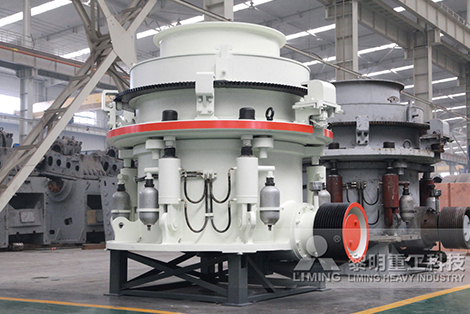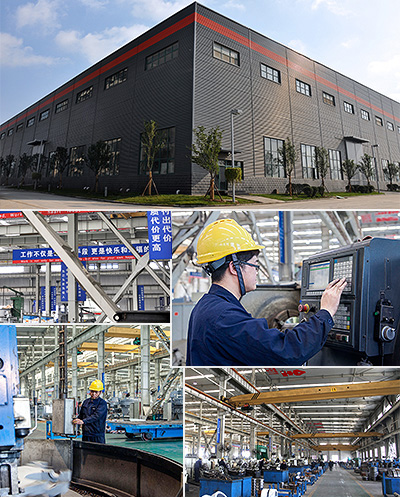Washing Beneficiation is a mineral processing technique used to separate valuable minerals from gangue (waste material) based on differences in their physical properties, such as size, density, and solubility. It is commonly applied to ores like coal, iron, phosphate, and industrial minerals.
 Key Steps in Washing Beneficiation:
Key Steps in Washing Beneficiation:
1. Crushing & Screening – Ore is crushed and screened to a suitable size for washing.
2. Washing – Water or chemical solutions are used to remove clay, silt, and other impurities.
3. Scrubbing – Mechanical scrubbing helps break down loosely bonded materials.
4. Classification – Hydrocyclones or screens separate particles by size and density.
5. Gravity Separation – Techniques like jigging or spirals separate heavier minerals from lighter waste.
6. Dewatering – Filtering or drying removes excess water from the concentrate.
Applications:
– Coal Washing: Removes ash and sulfur to improve combustion efficiency.
– Iron Ore Beneficiation: Eliminates silica and alumina impurities.
– Phosphate & Industrial Minerals: Upgrades ore quality by removing unwanted materials.
 Advantages:
Advantages:
– Improves ore grade and market value.
– Reduces transportation costs by removing waste early.
– Environmentally friendly when water is recycled.
Challenges:
– High water consumption (unless recycled).
– Requires proper tailings management to prevent pollution.
Would you like details on a specific type of washing beneficiation process?




